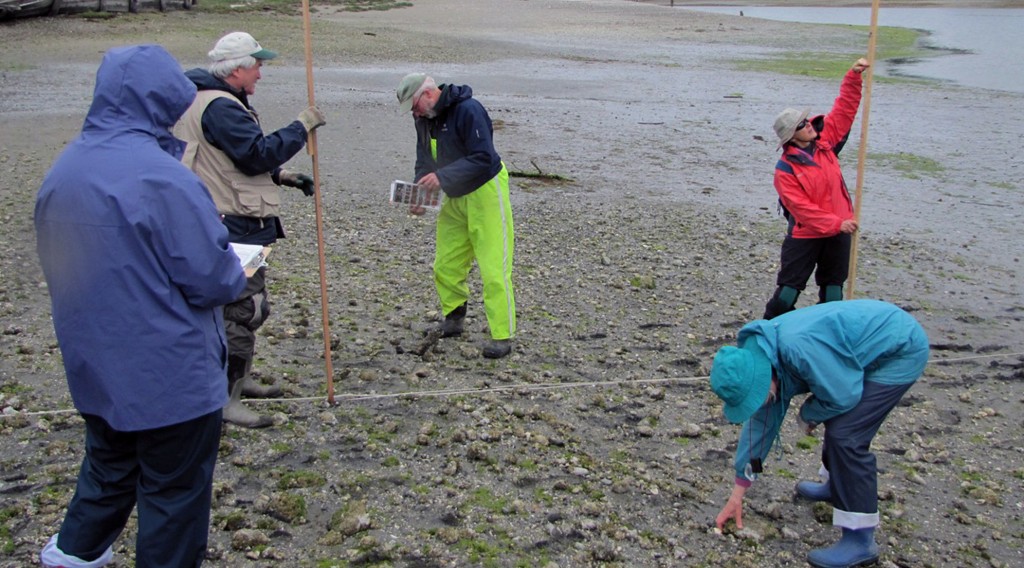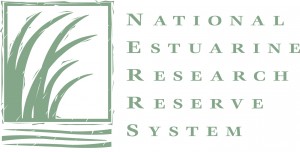Conducting Research
NOAA scientists and partners use science to improve living shorelines effectiveness and show value in hybrid and natural shoreline stabilization techniques. Specific research collaborations include:
NOAA partners with coastal states and universities in a network of 28 estuarine research reserves that span the nation’s coastal zone and protect more than 1.3 million acres for long-term research, monitoring, education, and stewardship. Many reserves are platforms for researching and piloting shoreline restoration techniques.
The Science Collaborative puts national reserve-based science to work for coastal communities coping with the impacts of land use change, pollution, and habitat degradation in the context of a changing climate. Administered by the University of Michigan, the program provides competitive funding for projects, including some living shorelines, that use a collaborative approach to bring together decision-makers and applied science to address a coastal management problem that has been identified as a priority for a reserve and its community.
The National Centers for Coastal Ocean Science provide research, scientific information and tools to help balance the nation’s ecological, social and economic goals. In partnership with local and national coastal managers, NCCOS includes research aimed at understanding how, and anticipating when and where, climate-induced changes may disrupt coastal communities, property, and economies. Communities use the outcomes of our research on sea level rise and shoreline management techniques (living shorelines) to plan for, adapt to, and increase their resilience to climate related impacts. Read a summary of NCCOS research on the impacts associated with hard shorelines.




